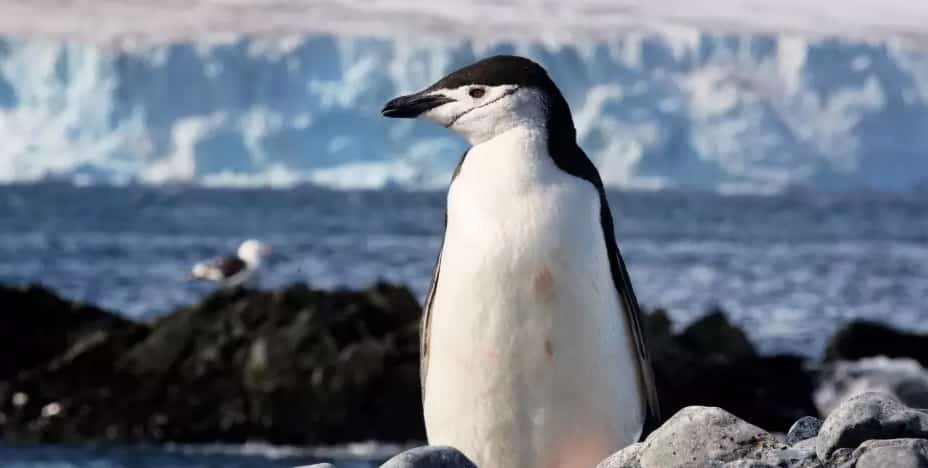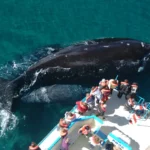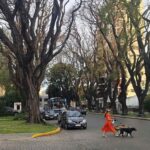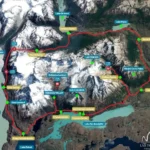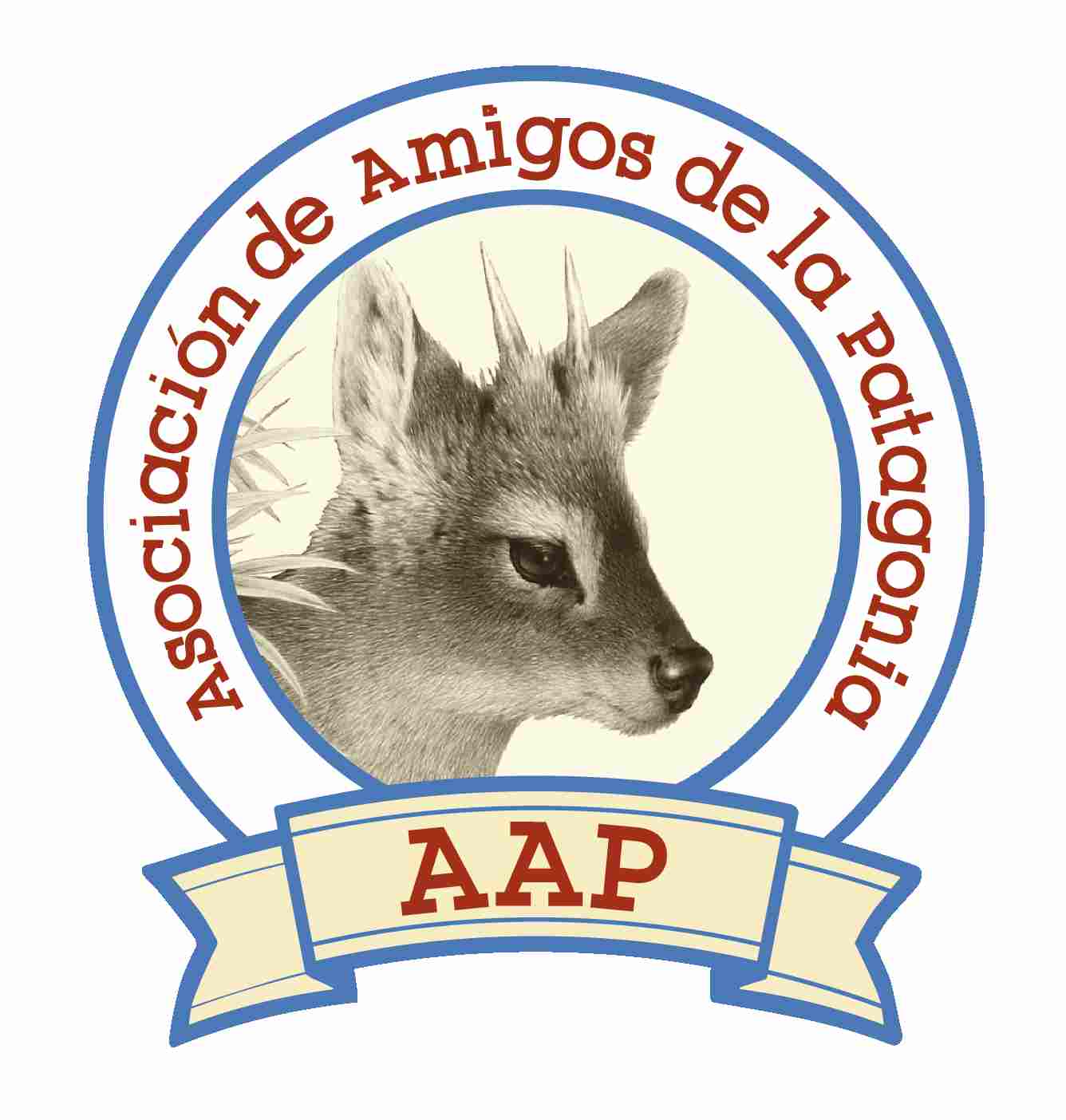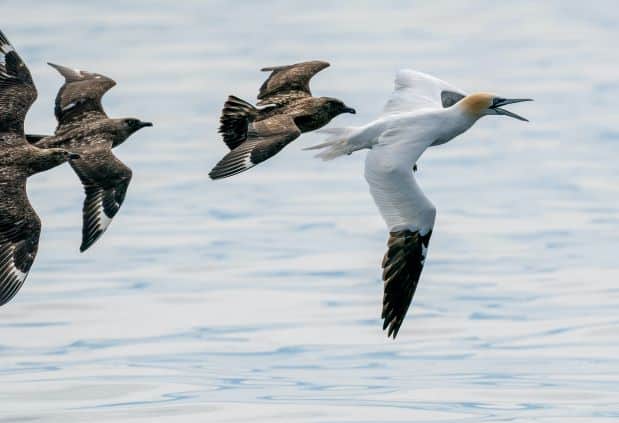
There are several resilient bird species that live in the frequently icy and windy environments of Antarctica. Despite the difficulties, these birds have adapted to their environment and are still thriving in great numbers.
On an Antarctica cruise, you’ll have the chance to see many of these species up close. Many of the species of birds found in Antarctica are unique and cannot be found anywhere else in the world.
The Wandering albatross, cormorants, skuas, sheathbills, and petrels are the most renowned of them and may all be seen on most Antarctica trips.
The majority of Antarctic Seabirds breed in dense populations as a result of the relative scarcity of snow-free nesting locations.
Only 19 of the 35 bird species that may be found living south of the Antarctic Convergence breed in Antarctica.
The marine zooplankton, cephalopods, and fish that reside in the adjacent waters provide the birds with an almost limitless supply of food throughout the hotter summer months.
By the early winter, chicks have usually grown swiftly and are able to survive on their own. Most seabirds in Antarctica travel north during the winter months either on pack ice or by flying out into open water, where several species spend the majority of their lives.
Antarctic Seabirds are impacted by climate change
Seabirds are thought to be threatened by a number of factors connected to climate change in the Southern Ocean, both in Antarctica and elsewhere in the world. Because it takes carbon dioxide from the atmosphere and transports it to the deep ocean, the Southern Ocean is referred to be a “carbon sink.” However, when carbon dioxide levels rise, the ocean’s acidity rises, which may have an effect on the health of the fish and krill that seagulls use for food.
Which birds are well known as Antarctica birds?
Among the most popular flying seabirds in Antarctica, we can find:
Wandering Albatross
The Wandering albatross, one of the biggest great albatross species, may grow to a wingspan of more than three meters. The Wandering albatross, which is widespread throughout South Georgia and breeds in pairs, is recognized by its primarily white and black body and pinkish, salmon-colored bill. With less than 8,000 individuals remaining in the world, this is a species that we must respect and safeguard in the long run.
When flying at sea, the Wandering albatross is mostly silent, but expert birdwatchers may occasionally hear a high-pitched trumpeting call and other sounds close to the nesting grounds.
Antarctic Tern
One of the most remarkable birds you might spot on your expedition is the Antarctic Tern, with its striking black crown, white body, and vivid red bill and feet. The medium-sized bird breeds onshore between September and April on many of the subantarctic islands in the area. Antarctic Terns typically breed in colonies, however solitary couples are frequently seen on barren rocky outcrops and gravelly parts of islands, where their coloration stands out against the landscape.
Antarctic blue-eyed cormorant
The cormorant, sometimes known as the Imperial or Blue-eyed shag, is aesthetically quite distinct from other birds seen in Antarctica. It may first appear to have bright blue eyes, however this is only due to the color of the area around the eye. Second, during the breeding season, the cormorant’s orange-yellow growth near the base of the beak brightens and enlarges.
Wilsons Storm Petrel
The Wilsons Storm Petrel, as its name suggests, is a seabird that spends the most of its time off the Antarctic shelf’s coast. A white band across the bird’s rump and a grey band on its upper wing are two distinctive visual features that help people quickly identify the black birds in the dark ocean. With several million breeding pairs spread around the continent, the Wilsons Storm Petrel is one of the most common birds in Antarctica.
Skua
A well-liked sight on your expedition is the gull-like Skua, one of the top bird predators in the subantarctic. The Skua’s brown coloring and white outerwing patch help to identify its 1.5-meter broad point wings. Skuas are smaller than albatrosses, yet their aggressive attitude often leads to larger birds abandoning their prey because of their high-speed maritime pursuits.
Skuas spend the majority of their time at sea, but during the breeding season, they will perch on exposed headlands and open terrain, increasing your chances of seeing this predator.
Cape Petrel
Well known for gathering in big groups near fishing vessels or areas with a lot of crustaceans. Of fact, you’ll probably hear the Cape Petrel before you see it because they compete over food by chirping and cackling loudly.
If you are fortunate enough to see a Cape Petrel, you will note its black head and brown, white, and black checked coloring.
Southern Giant Petrel
The Southern Giant Petrel is the larger and more aggressive relative of the Cape Petrel. The southern Giant Petrel, which grows to the size of a small albatross, spends most of the year at sea, but during the nesting season, it can be seen on the South Georgia Islands. Depending on its genetic structure, the Southern Giant Petrel can adopt one of two color morphs, with 90% of the birds being dark grey-brown and 10% being white.
Pink Faced Sheathbill
The Pink-faced Sheathbill is the only terrestrial bird indigenous to Antarctica aside from penguins. They are frequently compared to a cross between a pigeon and a hen and are known to live along rocky reefs on the continent and nearby islands. The pink trim across the faces of the tiny, chubby, white birds shields them from the acrid surroundings. The birds have also been observed to hop across the snow on one leg in order to retain body temperature if the weather does become too chilly.
Non-flying birds: Penguins !
We invite you to click on our article ” kinds of penguins in Antarctica “, and get entertained by these sympathetic animals jumping around the White Continent!
Cruises to Antarctica
Hire your Antarctica Cruise through us and get specialized benefits, particularly in the organization of your previous and post logistics in Argentina and Chile. Find more information about Antarctica in the following links:
- Check our section with Antarctica cruises
- Flights to Antarctica combined with a Cruise in the Antarctic Peninsula.
- Best time to visit Antarctica
- Antarctica Animals
Related posts & articles:
- Birds of Patagonia
- Birds of Argentina
- Birds of Ibera Wetlands
- Birds of Misiones
- Argentina Tours
- Patagonia Tours
- Argentina Wildlife Tours
- Patagonia Wildlife Tours
0






